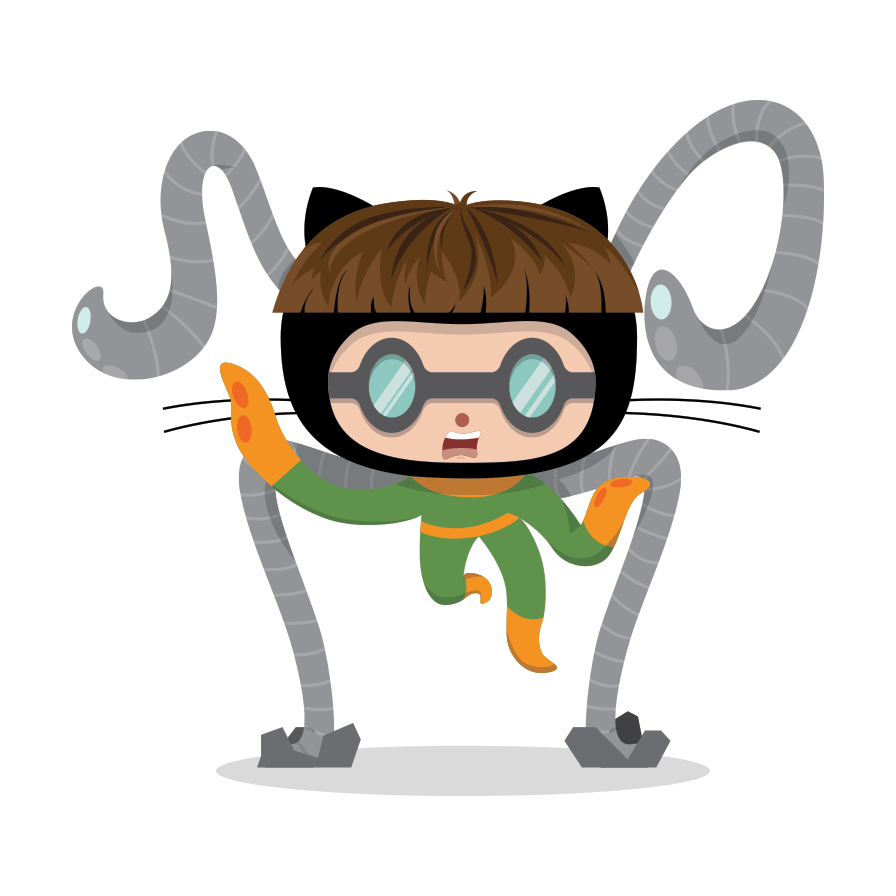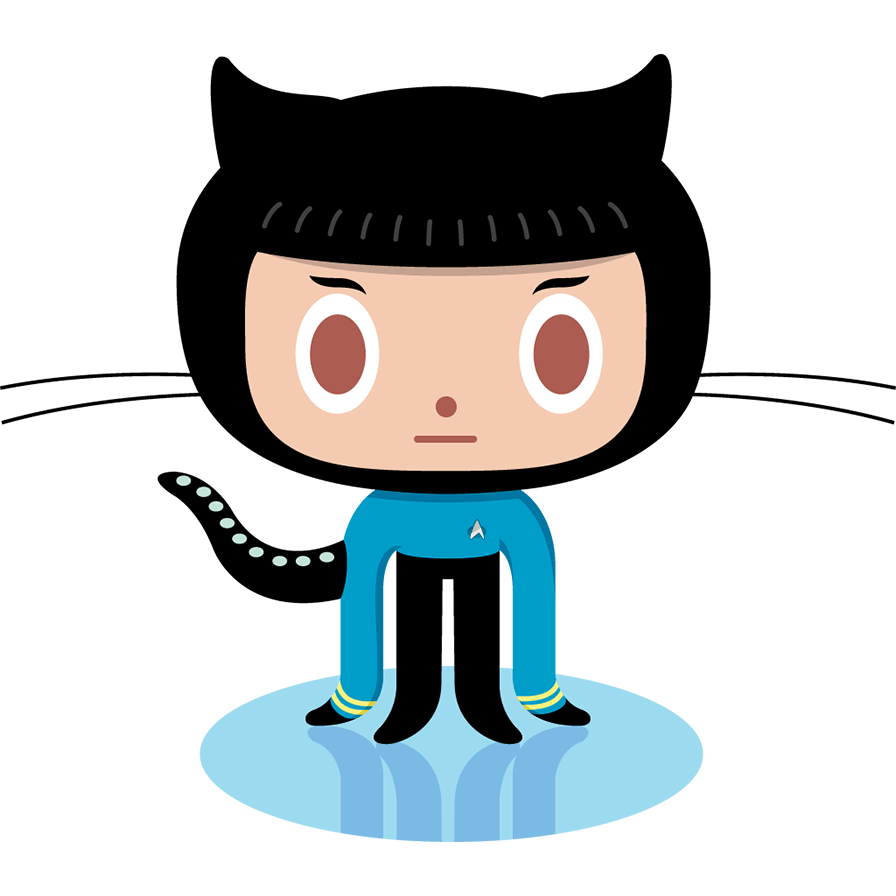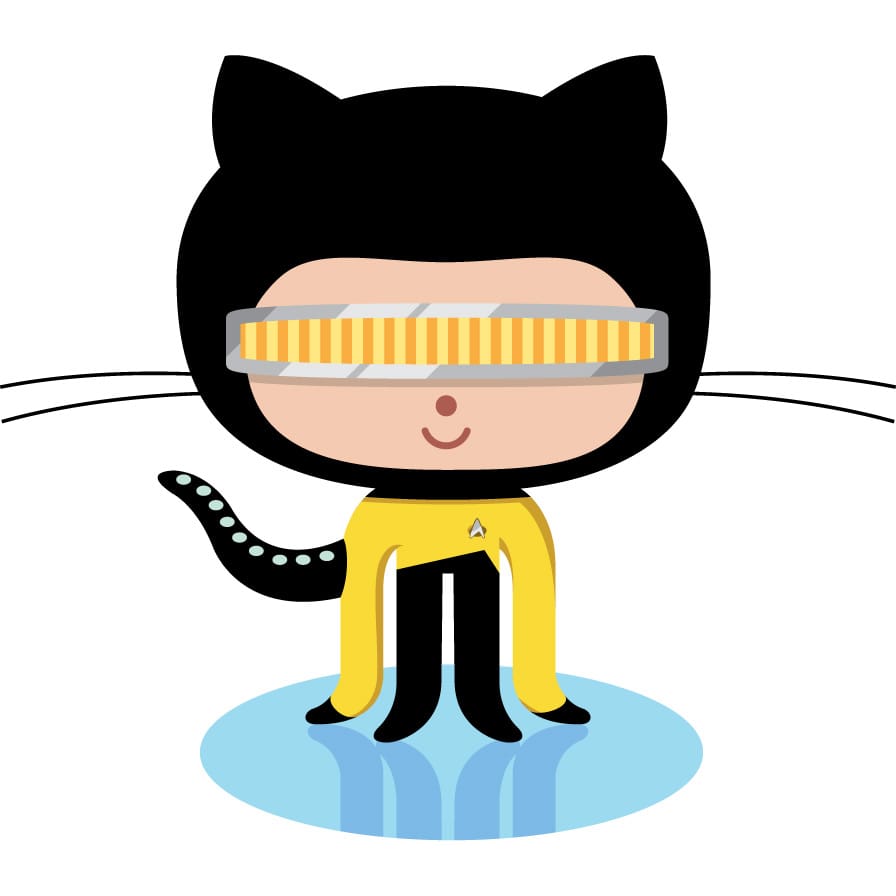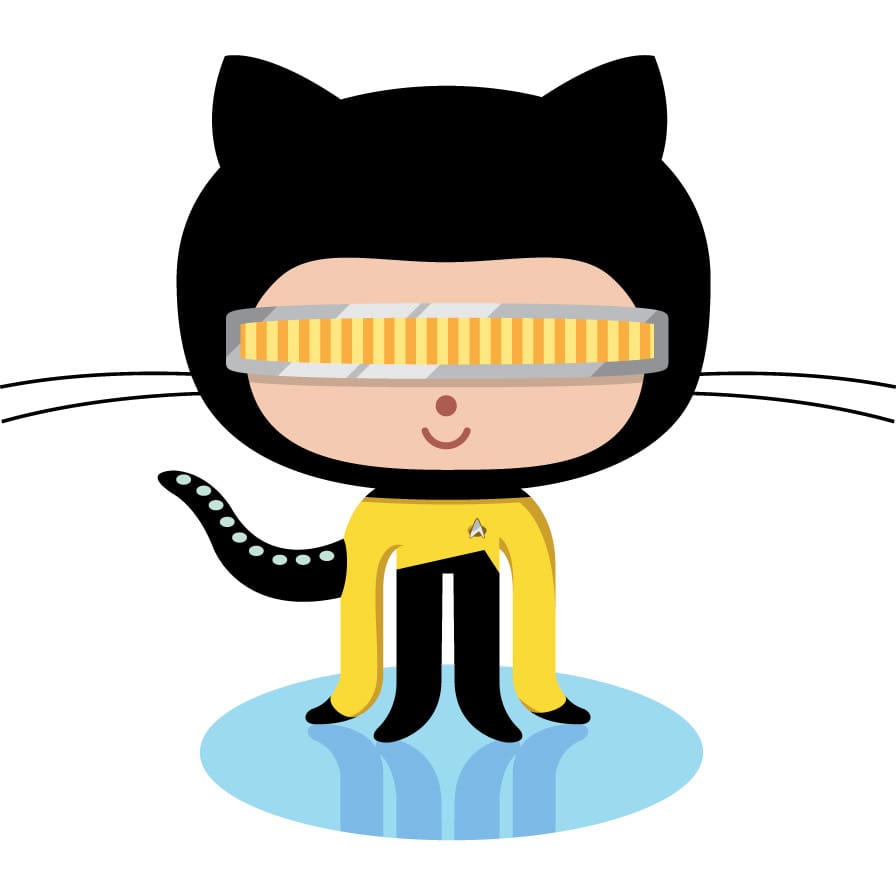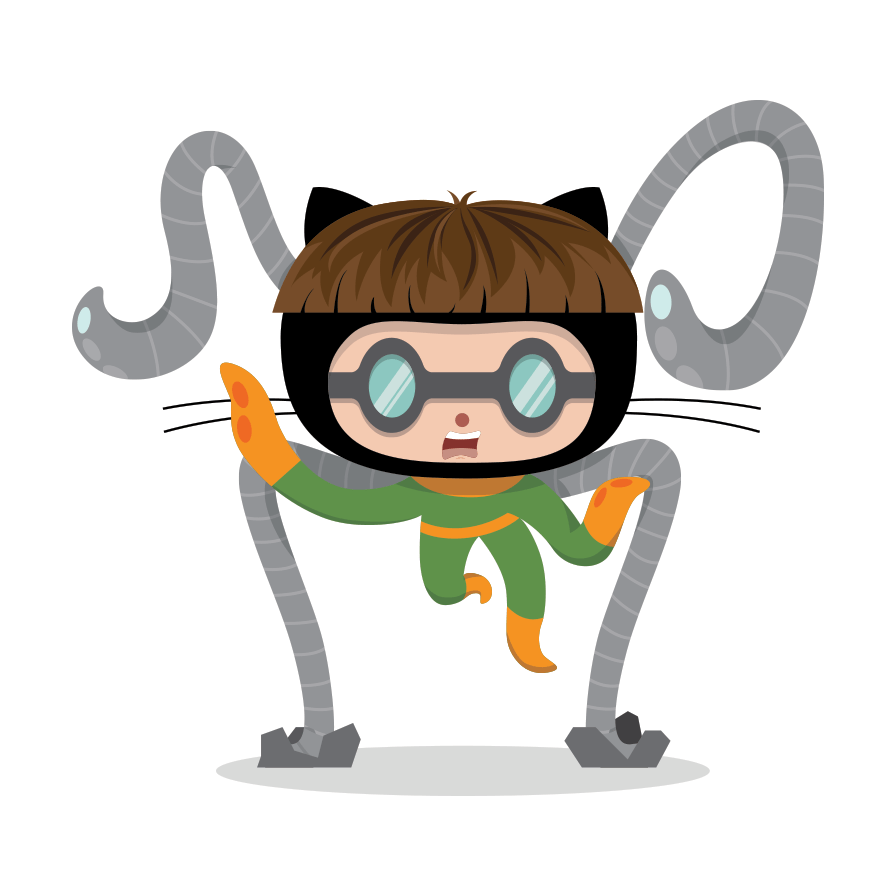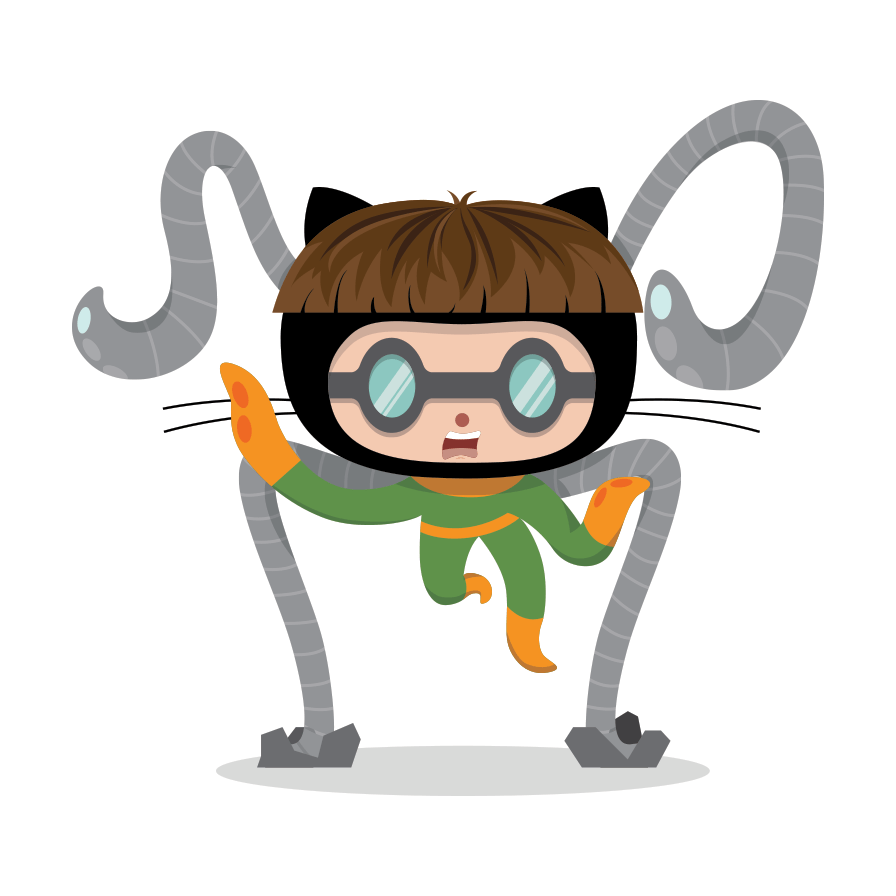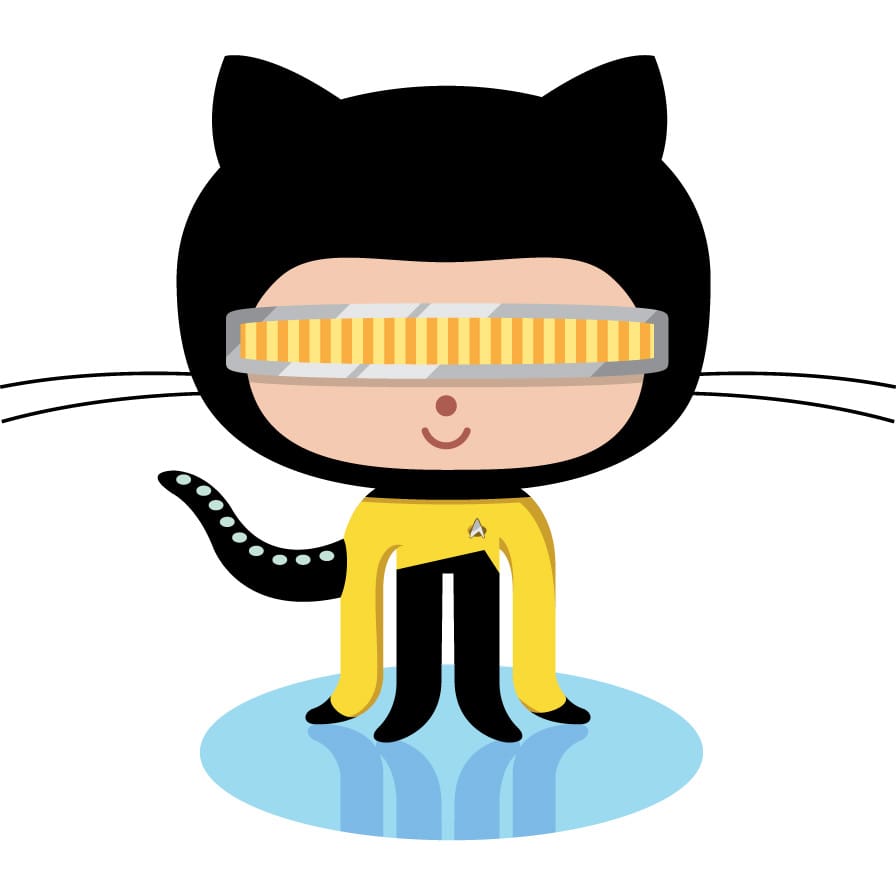Visual Aids
Visual aids are a key component to conveying instruction clearly. Screenshots of UI allow users to quickly compare the directions to their lab environments, and allow users to orient themselves as they’re exploring the topic being taught.
Image Guidelines
For loadability and readability, the following guidelines should be followed:
- Images should be no more then 200kb in size.
- Images should be no more than 800px wide.
- Images should always contain alt text.
Following these guidelines help ensure that images are viewable across a wide variety of devices, and help ensure excessive bandwidth requirements during training aren’t neccesary.
JPG or PNG?
Depending on the settings of your computer, you may be capturing screenshots in JPG or PNG format. PNG offers the ability to zoom into the image with much more detail and clarity, which is useful for diagrams and other images containing dense amounts of information. When capturing UI elements, JPG will often convey the same information, while taking less resources to load and process.
Image Storage
There are a few options when storing images (find more in depth discussion in the default repo). In this repo, the images have been stored in a seperate images directory under the /content directory.
- Option 1: use externally fully qualified absolutely path (this can be a pain)
- Option 2: if you have a directory with all your images….
- put it in “/content/images”
- MD usage(from a chapter page in “content/chapter01”)

- Option 3: Some find it easier to organize images with the pages they go with (this is how the template repo is setup)
- put images in the chapter directory
- e.g. images in “/content/chapter1/”
- Markdown usage:

- Markdown usage:
About CLI Capture
Whenever possible, it is desirable to capture the CLI output in fenced code blocks. By avoiding screenshots of text information, we reduce load times and improve readability across all devices. The primary exception to this would be when graphical information is shown via CLI, which may not format correctly if put into a fenced code block. If capturing screenshots of your CLI output is required, one should ensure a standard CLI window size of 80 characters wide by 24 lines tall is used to capture this information. Please also ensure your images adhere to the above guidance of 800px wide, and an image size of under 200kb.
Embedded Images
Images have a similar syntax to links but include a preceding exclamation mark. Like links, images can also be given a tooltip. Keep reading for examples of how to add both.
Alt Text
Alt text is contained in the square [] brackets, and every effort should be made to include alternate text. Good guidelines on when to include or omit alt text, and what content should be there is provided by W3C.
Classes and Image Effects
Several classes are available, which can be appended to images to manipulate them to ensure they display as you expect them to. You can append classes to images by adding ? followed by the class name, then your definition. You can append multiple classes by adding & between them. These include:
| Class name | What it does |
|---|---|
width | defines the width of the image when displayed. Can be defined in absolute size by defining px (pixels) or relative size with vw (% of viewing width) |
height | defines the height of the image when displayed. Similar to width, can be defined by px or in relative height with vh |
classes | Defines alignment of the image. Can use left and right for page alignemnt, and inline for adding multiple images to a single line |
Image Examples
Alt Text and Tooltip implemented

Adjust your browser height/width to see how these settings affect images:
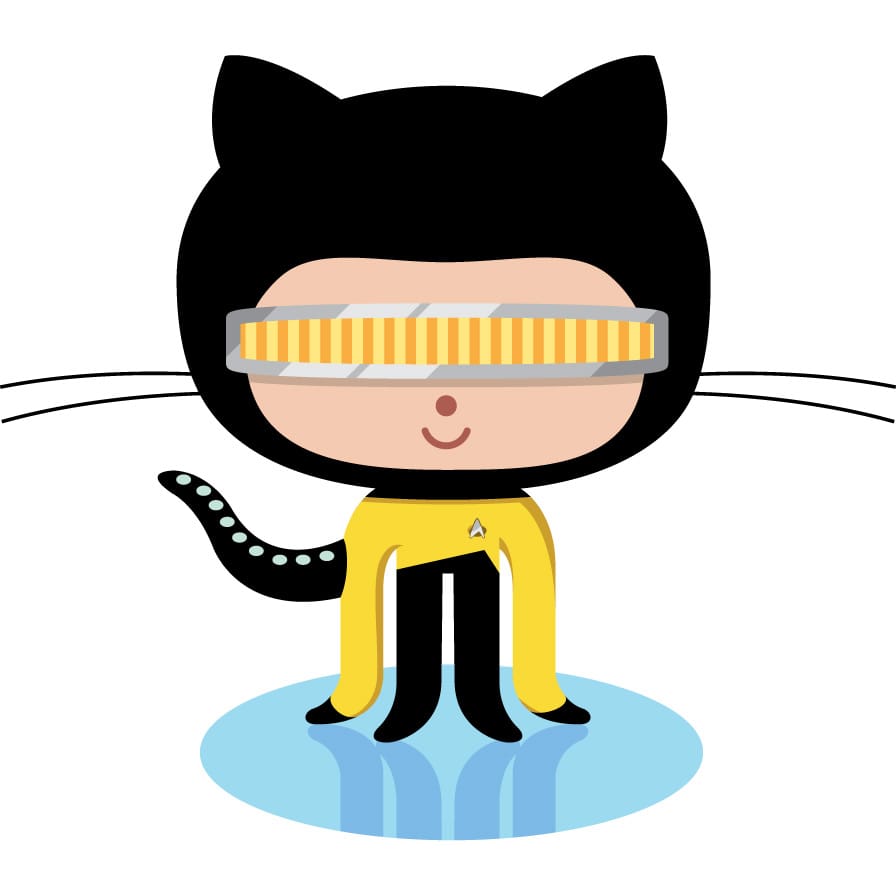
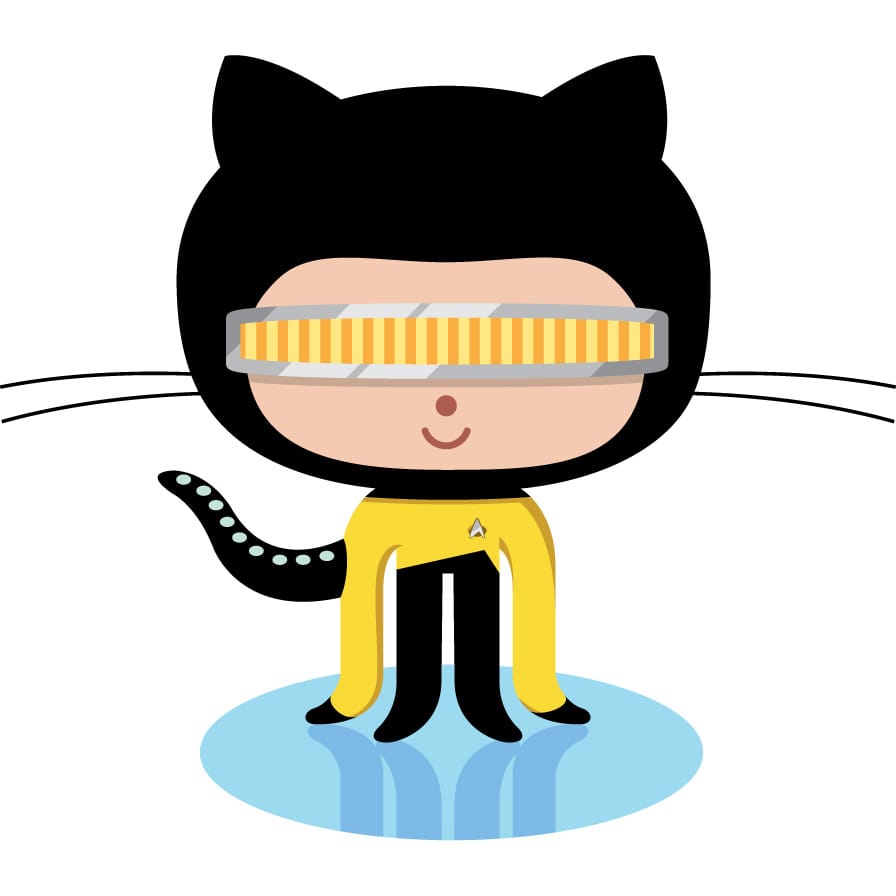Result
Class Definitions:
Left Alignment:

Right Alignment:
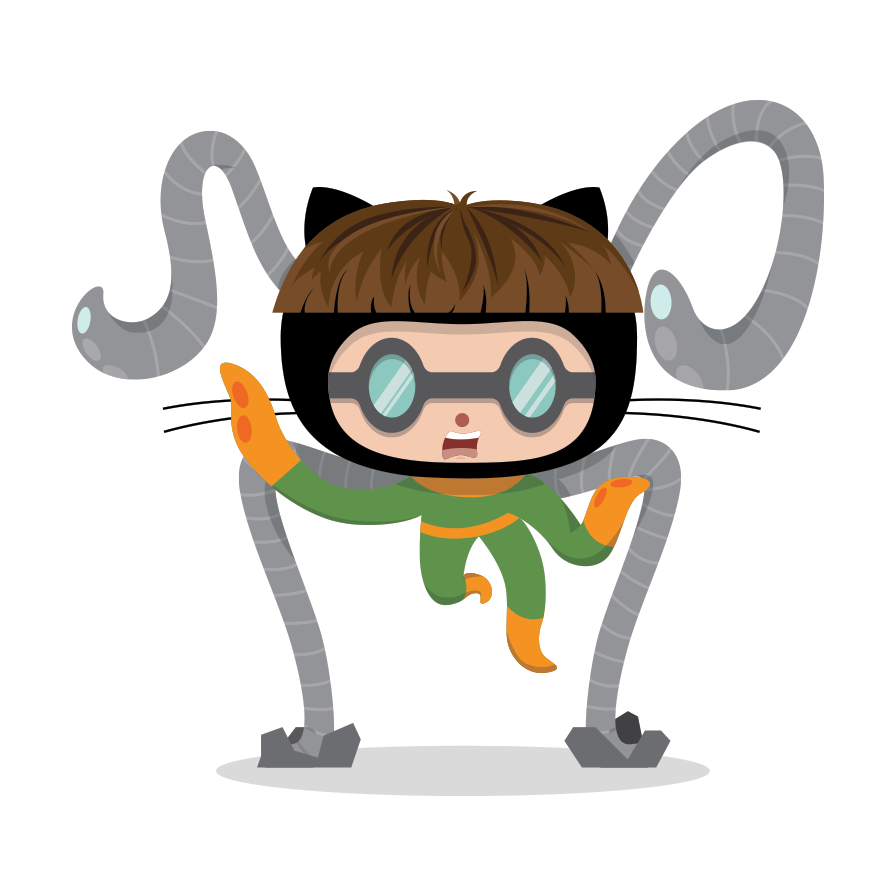
Inline Alignment:
